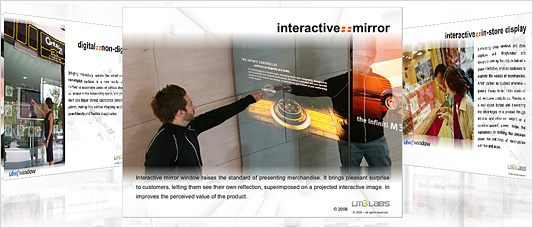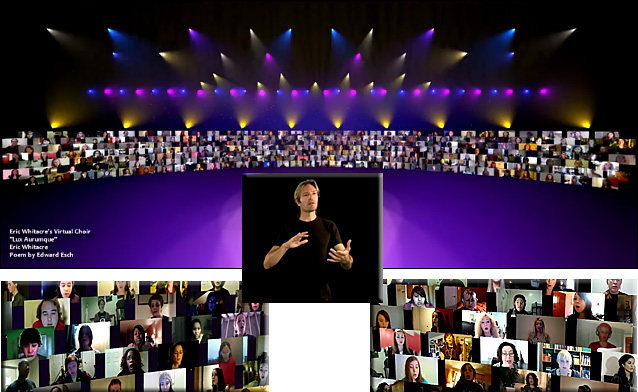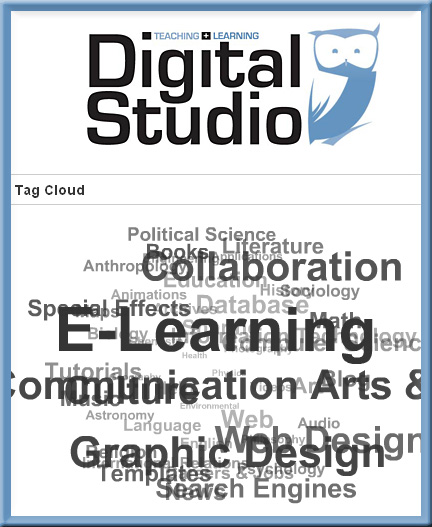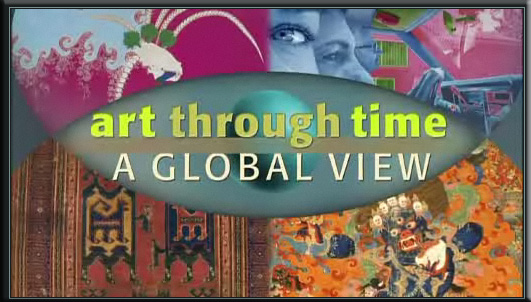Not saying that this is the only way to teach art — no way — but this teacher’s “…seventh- and eighth-grade art classes at Eisenhower Middle School use almost no traditional materials. Instead, he teaches students how to work with modern technology, including computers, digital cameras and camcorders. He also guides eighth-grade students through the process of producing their own daily television news program, which is broadcast to the rest of the school and on a local cable channel.”
“This is hauntingly beautiful” — from TipLine – Gates’ Computer Tips
From DSC:
You have got to check out this “virtual choir”! (resource from TipLine – Gates’ Computer Tips)
Not only is this a beautiful piece of music, but an excellent example of a cross-disciplinary project! Includes: art, music, videography, design, and more. Again, how awesome would this be to see on a wall-sized monitor!
I’m a former music teacher who still has a deep passion for beautiful music. I’ve often tweeted about listening to Beibl’s “Ave Maria” sung by the Turtle Creek Chorale when it comes on my itunes. And, I’ve posted about Bobby McFarren and about Perpetuum Jazille singing “Africa” that’s just VERY cool. And, I’ve posted about the Youtube Symphony orchestra and PS22 fifth graders, and the youth orchestra on TED and even a vegetable orchestra. I love beautiful music.
So, when I first heard these two pieces I first LOVED the idea of a virtual chorus – singers from 12 countries contributing virtually to a performance. Now THAT is a VERY cool idea. Then I started to watch the video responses to that video and I found myself completely blown away.
Here is the first video performance. It’s Eric Whitacre’s Virtual Choir – ‘Lux Aurumque’
“Annenberg Media’s newest course resource Art Through Time: A Global View has premiered on Learner.org at www.learner.org/courses/globalart/ . The course materials cover art history throughout time and in many cultures across the globe by examining hundreds of paintings, drawings, sculptures, photos, and objects used for domestic or ceremonial purposes. The 13 video programs with accompanying online text units take a thematic approach by considering how, for example, portraits were created to convey political power, wealth or to call attention to the hierarchy of the social order. More than 125 scholars, art curators, and artists comment on the works and the themes and more than 250 can be viewed and sorted on the course web site. ”












